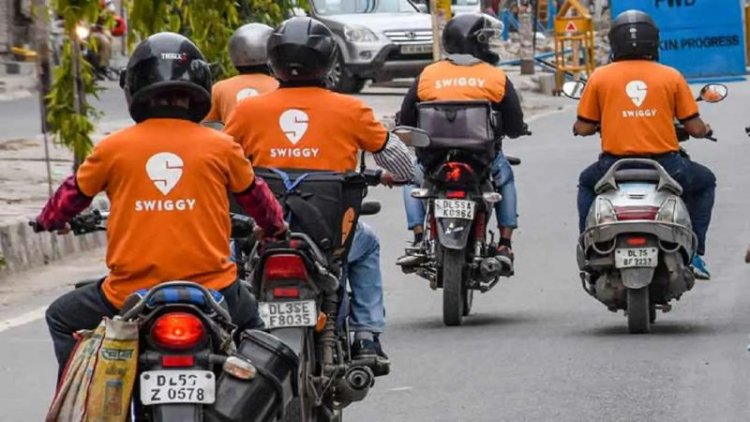Swiggy Witnesses 26% Growth in Food Delivery Revenue, Yet Suffers an 80% Surge in Losses
Check the latest financial updates from Swiggy, India's leading food delivery startup, as it continues to grapple with mounting losses. Despite increased GMV and efforts towards profitability, challenges persist. Stay informed about the evolving landscape of the food delivery and grocery delivery sectors.

Swiggy, one of India's leading food delivery startups, continues to face significant losses, maintaining its position as the country's highest-loss making startup. According to data released by its largest investor, Prosus, Swiggy experienced a 26% increase in Gross Merchandise Value (GMV) for food ordering between January and December 2022. Additionally, its quick-commerce vertical, Instamart, witnessed a substantial 5.5-fold surge in GMV. However, during the same period, Swiggy's losses surged by 80% to reach $540 million (approximately Rs. 4,700 crore).
Prosus stated in its earnings release that Swiggy has been focusing on reactivating users, increasing monthly frequency, and improving user conversion in recent reporting periods. These efforts have yielded positive outcomes, with Swiggy reporting over 272,000 restaurants on its platform, representing 155% of pre-pandemic levels, and a GMV of $2.6 billion for FY23. Swiggy also intensified its efforts to enhance profitability in its core restaurant food delivery business, which, as the CEO recently announced, turned profitable in March 2023 (excluding share-based costs). However, Prosus acknowledged that its share of Swiggy's trading loss rose to $180 million compared to $100 million in FY22 due to investments in Instamart, which reached its peak during the year. Prosus currently holds a nearly 33% shareholding in Swiggy.
Swiggy had recently announced its operational profitability for the restaurant ordering business, excluding the impact of Employee Stock Ownership Plans (ESOPs). However, the company has heavily invested in expanding its quick-commerce arm, Instamart, which faces intense competition from players such as Zomato-owned Blinkit, Zepto, and Big Basket. These investments in Instamart appear to have contributed to Swiggy's mounting losses over the past year.
These results indicate a potential plateauing of the food ordering business in India. Zomato, a major competitor, has also reported a slowdown in growth in its food ordering segment and has even exited from 225 cities. Consequently, both Zomato and Swiggy have ventured into the grocery delivery sector to sustain revenue growth. Zomato acquired Blinkit, while Swiggy launched Instamart. However, achieving profitability in the grocery delivery space seems as challenging as it was in the food ordering space. Big Basket, a veteran player operating for over a decade, has never reported a profit. Zomato and Swiggy, both of which are yet to achieve profitability, are now pinning their hopes on an industry that has never reported sustained profitability. Although ambitious, the losses for both Zomato and Swiggy continue to accumulate with no apparent end in sight.
What's Your Reaction?
 Like
0
Like
0
 Dislike
0
Dislike
0
 Love
0
Love
0
 Funny
0
Funny
0
 Angry
0
Angry
0
 Sad
0
Sad
0
 Wow
0
Wow
0






































































































